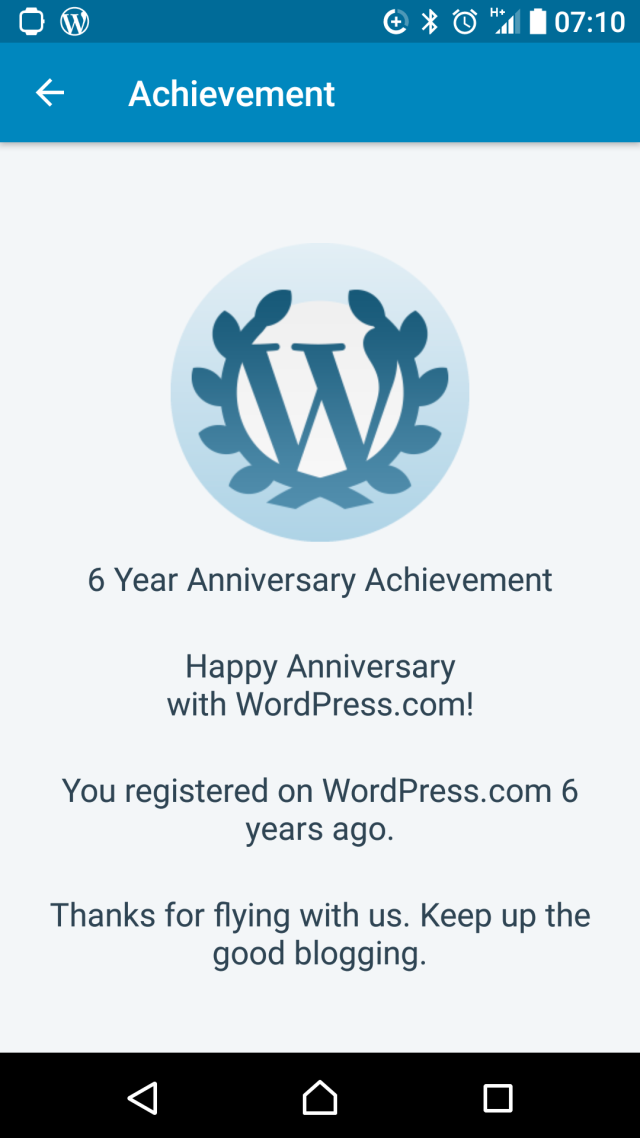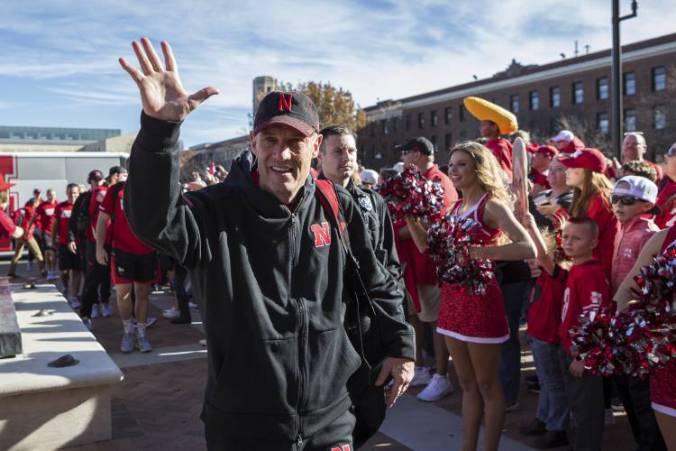Welcome back to our Tuesday segment, where we’ll be revisiting some of our most popular posts from the last few years. What’s stayed the same? And what’s changed? We’ll be updating you on the facts, and taking a new (and hopefully refreshing) angle on a few timeless classics of Self Publishing Advisor.
∗∗∗∗∗
[ Originally posted: October 17th, 2008 ]
On Advances & Other ThingsWe are in ongoing exploration of the advantages leading self-publishing options offered for publishing authors. Collectively, what are the advantages of self-publishing in general over the long established alternative? Here are some hard facts on Traditional publishing.
7 – Traditional publishers lose money on over 85% of the books they publish, so they only accept 2% of those that are submitted.
6 – They typically accept manuscripts only from established authors who have demonstrated a proven track record.
5 – Authors lose all control of their content during the editing process.
4 – Authors must still invest an enormous amount of time, energy, and money promoting a traditionally-published book.
3- Authors typically receive 5-10% royalty on the wholesale price of the book, and from that have to give 15-25% to their agent. Do the math.
2 – The majority of books published by old-fashioned publishers go out of print within 3 years. Many books that are stocked on book shelves remain stocked for as little as five weeks before being returned, unsold, to the publisher.
1- Old-fashioned publishers acquire all rights to your book and keep them, even when the book goes out of print or the publisher goes out of business!
– by Karl Schroeder
First off, it’s worth noting that the numbers are all over the board here, and that while the industry’s most reliable source of yearly hard data–the annual Author Earnings Report–isn’t out for this year yet (which makes sense, since we’re only a few months in) it isn’t set up to gauge that kind of question to begin with. Publishers understandably have a vested interest in fogging up the data around advances, especially how many people actually earn them back, because the facts of the matter are such that:
- It’s a much smaller number than Karl reported back in 2008, probably closer to the 2 to 5% range;
- Advances protect some authors from facing their own losses, but they also cheat some well-performing authors out of representative royalties in a classic case of “settling for a misleadingly presented benefit”;
- A high percentage of unmet advances equals a lot of waste, and in an industry which is barely scraping by as-is, this would be a major blow to certain publishers’ reputations as champions of the everyman;
- A high percentage of unmet advances also equals a slippage in the market, and publishers have to maintain intense competition with each other in order to attract that small number of well-performing authors who do make back their advances, and in so doing make a profit for the publisher as well. Lose a couple of big-name authors because their reputation is slipping, and the rest might flee as well … and the publishing house go under.
So it’s not data that publishers really want to broadcast.
All of this to say, publishers do indeed prefer established authors who have proven track records as blockbuster bestsellers, and newer or more typically performing (“midlist”) authors are left to struggle along with substandard marketing and promotional help, because the publisher doesn’t believe investing more will pay off. These midlist authors must carry the burden of self-promotion themselves, even if they supposedly have the might and muscle of a major publishing house behind them. Only the guaranteed successes are guaranteed significant assistance, and there are very few guaranteed successes, aren’t there?
Control will always be an issue. Perhaps you might consider giving up control, if you knew that you were putting your book into good hands of great skill and leaving your book with a team who really had its best interests at heart. But publishing houses aren’t like that; they have to think about the bottom line at all times, because the industry is so competitive and they’re so often at risk of losing everything. So they make the call on your book cover, maybe even your book title, and on all sorts of marketing and promotional decisions which you may or may not agree with in the first place–because they have to keep the machine moving, and the assembly line in motion.
You might have guessed the preferable option, seeing as how we’re a blog about self-publishing. But we don’t just have a vested interest; we want to lay out all the options, with all the facts, so that you can choose the one best suited to you. And if you know your book is a guaranteed blockbuster success, then traditional publishing may well be a good route for you! But if you’re publishing a book with narrower appeal, maybe more specialized material, or with the goal of reaching a certain fandom–well, self-publishing is an effective and efficient way of doing that, while ensuring you retain full creative control.
That, we can get behind. (And we do … a lot. Sorry about that!)

Thanks for reading. If you have any other ideas, I’d love to hear them. Drop me a line in the comments section below and I’ll respond as quickly as I can. ♠






